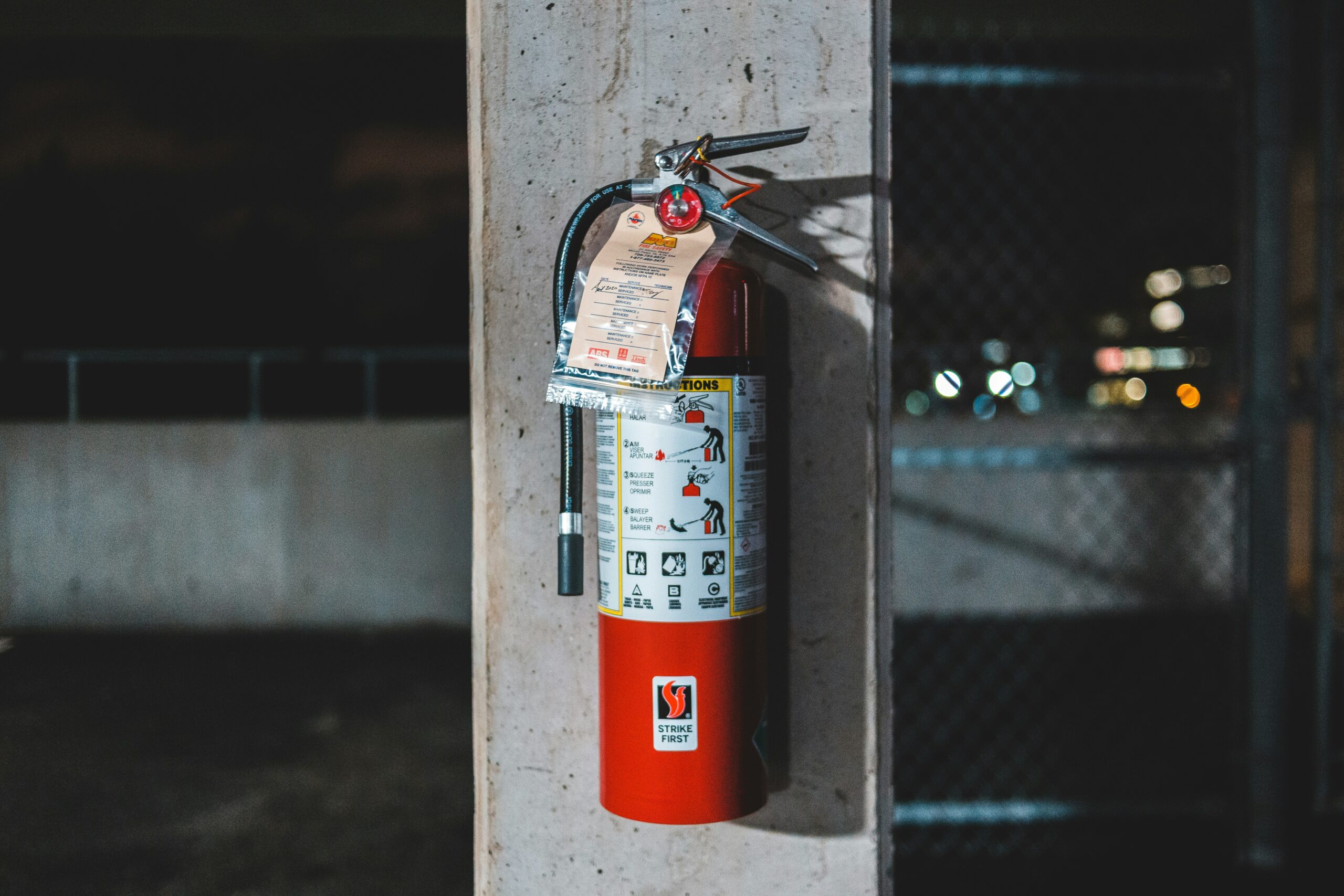
Fire safety has always been crucial in residential and commercial spaces, with innovations emerging to enhance protection and reduce risk. The fire safety industry has seen significant advancements, with modern systems incorporating technology, automation, and intelligence to detect fires earlier and manage them more effectively. These advancements are changing how we think about it, making it more proactive, efficient, and integrated into our daily lives.
Smart Fire Detection Systems
Unlike traditional smoke detectors, intelligent systems are highly sensitive and can differentiate between different types of smoke and heat, reducing the chances of false alarms. This can be especially important in environments like hospitals, offices, or manufacturing facilities, where a false alarm could cause unnecessary evacuations or disruption. Additionally, these systems can integrate with other building automation systems, such as HVAC or lighting, to trigger specific actions—like shutting down ventilation systems to prevent smoke from spreading—providing a more comprehensive approach to this.
Automated Fire Suppression Systems
Automated fire suppression systems have evolved to become more efficient, responsive, and adaptable to various environments. Traditional sprinkler systems are a common form of fire suppression, but modern innovations have made them more innovative and efficient. Newer systems, such as those using water mist technology, offer a more effective way of suppressing fires while using less water. This is especially useful in areas with sensitive equipment or valuable assets, like data centers.
Water mist systems create fine water droplets that cool and suppress fires more effectively than traditional sprinkler systems. They also minimize water damage, often a significant concern in areas like electronics rooms or museums. Other fire suppression technologies, such as clean agent systems that use gases like FM-200 or Inergen, have also become more widely adopted. These systems are designed to extinguish fires without causing harm to people or equipment, making them ideal for sensitive environments like server rooms, telecommunications facilities, and chemical plants.
Fire Safety Integration with Building Management Systems
One key trend in modern fire safety systems is integrating them with building management systems (BMS). A BMS allows for centralized control and monitoring of various systems within a building, such as HVAC, lighting, and security. Building owners and managers can create a more coordinated and effective response to fires by linking fire safety systems with the BMS.
For example, in a fire, the BMS can automatically activate fire doors, control smoke vents, adjust HVAC settings, and even activate elevators to ensure they do not operate during a fire. This integration ensures that fire safety systems detect and suppress fires and assist in the safe evacuation of building occupants. Moreover, with cloud-based systems, these data can be accessed remotely, enabling facility managers to monitor this status in real time and make adjustments as necessary.
Fire Safety and the Internet of Things (IoT)
The Internet of Things (IoT) is revolutionizing various industries, and this is no exception. IoT-enabled fire safety devices are being deployed to monitor and manage fire risks more effectively. These devices can include smoke detectors, fire alarms, sprinklers, and extinguishers, which can be interconnected and communicate.
For example, IoT-enabled fire safety systems can alert users when fire extinguishers run low on pressure or if smoke detectors need maintenance, allowing for better preventative care. The interconnectedness of these devices also allows for the creation of intelligent networks, where different devices work together to respond to fires in real-time. Furthermore, IoT technology allows for better analysis of fire risk data, making it possible to predict potential fire hazards and take preventive actions before a fire breaks out.
Fire Safety for the Future: Artificial Intelligence and Machine Learning
Artificial Intelligence (AI) and Machine Learning (ML) are two of the most exciting innovations in fire safety. These technologies enable fire detection systems to become even more predictive and intelligent. AI-powered systems can analyze data from multiple sources, such as sensors, cameras, and environmental factors, to assess the likelihood of a fire starting in a particular area.
Machine learning algorithms can continuously learn from past fire incidents and adjust the system’s response to improve accuracy and efficiency. AI can also predict a fire’s spread, helping emergency responders develop more effective strategies. This predictive capability enhances safety by allowing authorities to take preventive actions, such as evacuations or preemptive suppression measures, based on data-driven insights rather than reactive responses.
Enhanced Training with Virtual Reality (VR)
Training is critical to fire safety, and virtual reality (VR) is emerging as a game-changer. VR technology allows for realistic simulations of fire emergencies, allowing first responders, building occupants, and safety personnel to practice fire response in a controlled, virtual environment. These simulations can mimic a wide range of fire scenarios, from industrial fires to fires in high-rise buildings, giving trainees valuable hands-on experience without the risks associated with real-life training exercises.
The landscape of fire safety has evolved dramatically thanks to technological innovations that make fire detection, suppression, and management more efficient and effective. From innovative detection systems and automated suppression techniques to integrating IoT and AI, modern fire safety systems are more responsive and intelligent than ever before. As technology advances, we can expect even more significant strides in fire safety, further reducing the risks associated with fires and enhancing our ability to respond effectively when they occur.